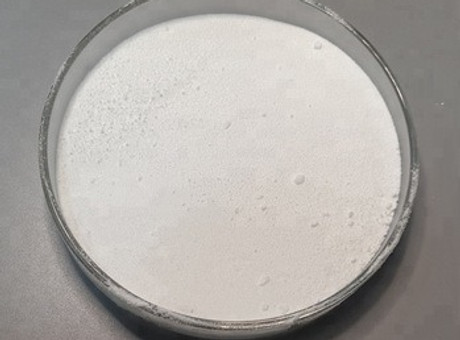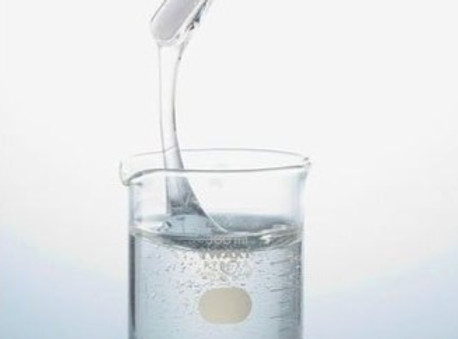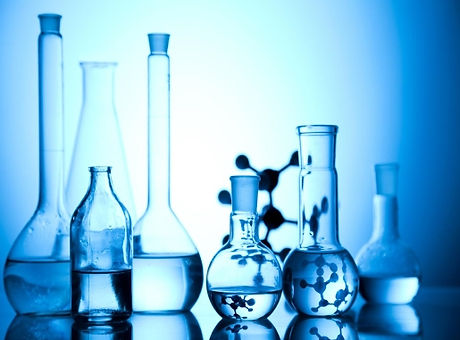產品

環氧氯丙烷(ECH)
CAS Number: 106-89-8
Epichlorohydrin is an organochlorine compound and an epoxide. This is a colorless liquid with a pungent, garlic-like odor, insoluble in water, but miscible with most polar organic solvents.[2] Epichlorohydrin is a highly reactive compound and is used in the production of glycerol, plastics, epoxy glues and resins, and elastomers. In contact with water, epichlorohydrin hydrolyzes to 3-MCPD, a carcinogen found in food.

馬來酐(MA)
CAS No: 108-31-6
Maleic anhydride (MA) occurs as colourless or white crystalline flakes with strong acrid (pungent) odour. It is soluble in acetone, ether, petroleum fractions and reacts with water, evolving heat and forming MA. It also dimerises to 1,2,3,4 -cyclobutane tetracarboxylic acid dianhydride in the presence of UV light.
MA is mostly used to make unsaturated polyester resins (UPRs). UPRs are used in a wide range of applications including bathroom fixtures and automobiles.

丙二酚(BPA)
CAS No: 80-05-7
Bisphenol A (BPA) or 4,4′-dihydroxy-2,2-diphenylpropane is an organic compound consisting of two phenolic rings connected by a single carbon carrying two methyl groups. It is a high production volume chemical widely used in the production of polycarbonate (PC) and epoxy resins and as an additive in polyvinyl chloride (PVC). Products made with BPA possess extremely good performance, including lightweight, transparency, and resistance to impact and heat.

雙酚S(BPS)
CAS Number:80-09-01
4,4'-dihydroxydiphenyl hydrazine is mainly used as a fixing agent.
Reacted from phenol and sulfuric acid.In addition, it can be used as a plating bath additive, a leather tanning agent, a dispersing agent for high-temperature dyeing of disperse dyes, a phenolic resin hardening accelerator, a resin flame retardant, and the like.
As a substitute for bisphenol A, it can be used as a raw material for polycarbonate, epoxy resin, polyester, phenolic resin, and as a raw material for polyfluorene or polyether oxime.

乙烯醋酸乙烯酯(EVA)樹脂
CAS number: 24937-78-8
EVA resins are ethylene-vinyl acetate copolymers made by high pressure autoclave process. They are mainly used for foaming, coating, extrusion, and injection molding applications for many important industrial market segments such as shoe soles, sheets, wire and cable, hot melt adhesive, and solar cell encapsulation.
EVA resins can also be blended with other resins for various applications.

環氧樹脂
Epoxy resin is a type of synthetic resin including a wide variety, and with continuous development; it can be used as adhesives, coatings, fluxes, casting plastics and the matrix resin of fiber reinforced composites, and is widely used in mechanical, electrical, chemical, aerospace, automotive, building and other industrial sectors.

新戊二醇(NPG)
CAS No: 126-30-7
Neopentyl glycol (NPG) is used primarily in base resins for coatings. Important uses are also found in hydraulic fluids, synthetic lubricant oils, greases, metal-working fluids and aircraft engine lubricants. Other outlets include textiles, pharmaceuticals, pesticides, plasticisers and petroleum. NPG is shipped as flake, molten and slurry.

環氧樹脂固化劑
In order to convert epoxy resins to hard, infusible thermoset networks it is necessary to use crosslinking agents. These crosslinkers, hardeners or curing agents as they are widely known, promote cross-linking or curing of epoxy resins. Curing can occur by either homopolymerisation initiated by a catalytic curing agent or a polyaddition/copolymerisation reaction with a multifunctional curing agent.
Polyamide, Amidoamine
Aromatic/Aliphatic/Cycloaliphatic amine, Polyamine
Customized per request systems

PU皮
PU leather, or polyurethane leather, is an artificial leather made of thermoplastic polymer used for making furniture, shoes or bags.
PU Leather costs less than genuine leather because it is easier to manufacture.
PU doesn’t absorb water which makes it easy to clean.
100% PU leather is vegan.
PU leather can be made into a variety of colors and styles.
Unlike leather, PU leather doesn’t dry out over time.
Better for sustainability because it uses fewer resources to make.

PVC皮
PVC leather is a type of faux leather that is made by covering a base of natural or synthetic material with vinyl, made from polyvinyl chloride (PVC) and plasticizers.
PVC has no hair-follicles (pores) which makes it virtually waterproof but may become unbreathable in hot temperatures.
Due to its plastic nature, PVC leather requires no special care or conditioning in comparison to genuine leather but may crack with extended use because of the application of plasticizers. The main applications ranging from car and motorcycle seat upholstery, furniture industry, automobile industry, shoe industry and other various applications like stationery.

塑膠和塗料添加劑
UV Absorbers
Light Stabilizers
Antioxidants
Lubricant Additives
Textile Auxiliaries
Optical Brighteners
Anti-hydrolysis Agents
PVC Stabilizers
Anti-yellowing Agents (Anti-NOx)
Nucleating Agents
Flame Retardants
Antistatic agent
Antibacterial agents
Others

